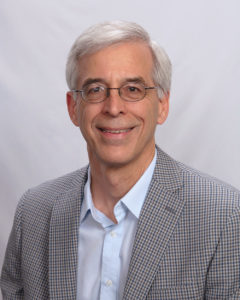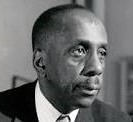 These days we are all walking on water. Beneath us, supporting us, we experience not the solid ground of our once familiar lives—predictable routines, reliable institutions, and in-person engagement—but the deeply disturbing uncertainties, the chaos of this ongoing pandemic. Or worse. Some have experienced the disease firsthand, some have lost family or friends, some have lost businesses, jobs, homes, savings. Struggling to survive, fearing to go under completely, we are walking on water.
These days we are all walking on water. Beneath us, supporting us, we experience not the solid ground of our once familiar lives—predictable routines, reliable institutions, and in-person engagement—but the deeply disturbing uncertainties, the chaos of this ongoing pandemic. Or worse. Some have experienced the disease firsthand, some have lost family or friends, some have lost businesses, jobs, homes, savings. Struggling to survive, fearing to go under completely, we are walking on water.
Reportedly, Jesus made it look easy; our own experience is more like Peter’s:
Peter got out of the boat, started walking on the water, and came toward Jesus. But when he noticed the strong wind, he became frightened, and beginning to sink, he cried out, “Lord, save me!”
We try to remain confident, to take things a day at a time, but these are terribly uncertain times, and despair is not far away. The pandemic has robbed us of so much, taking lives, separating us, and punishing those most who have the least.
Yes, we have learned the practices that can help to keep us healthy: washing, masking up, maintaining distance, limiting our “bubbles.” All that is surely good. But the measures we take to guard our health have come with a cost to our well-being. Even those who are fortunate to have jobs and health must nonetheless face separation and confinement, deprived of the many ways we gather: in schools and businesses and concerts and ball fields and places of worship.
We are all walking on water these days, and it is easy to become weary of the effort. It is easy to become afraid and to lose hope as the days have turned into weeks, and the weeks have turned into months, and the months threaten to turn into years before we can reclaim the freedom and togetherness that we long for. Faith is essential. Science will ultimately offer some relief from the threat; it is a source of understanding and a guide to tactics. But meanwhile, we need something in addition to tactics; we need to resist being overwhelmed by fear and isolation.
Many years ago, speaking to a conference of clergy, Ernest Campbell said, “The reason that we seem to lack faith in our time is that we are not doing anything that requires it.” Though we certainly could wish it otherwise, our time requires it. The disciplines of our time require it: to apply the best practices dictated by science, restrictive and repetitive as they may be; to cope with the disruptions and demands of these chaotic circumstances; and to bear the losses, which continue to mount with no clear end in sight. Faith gives us a focus beyond the turbulence of today on a real and hopeful but distant horizon.


